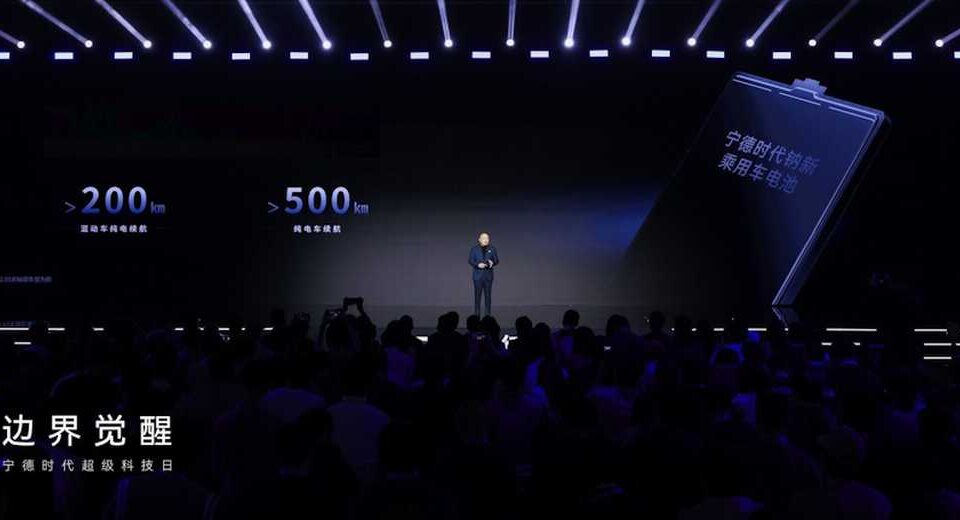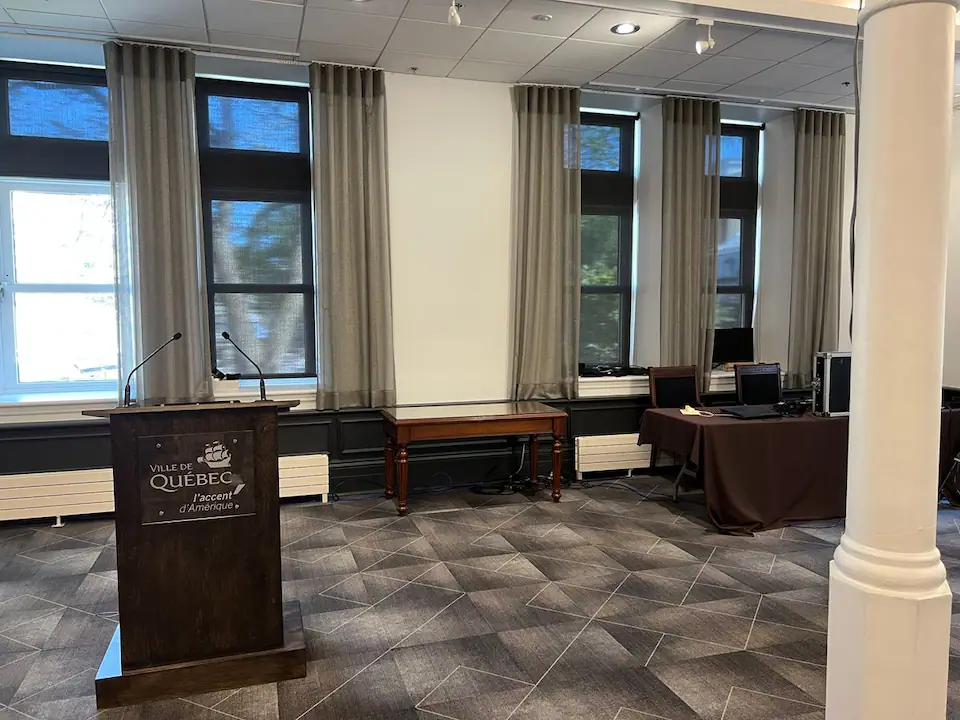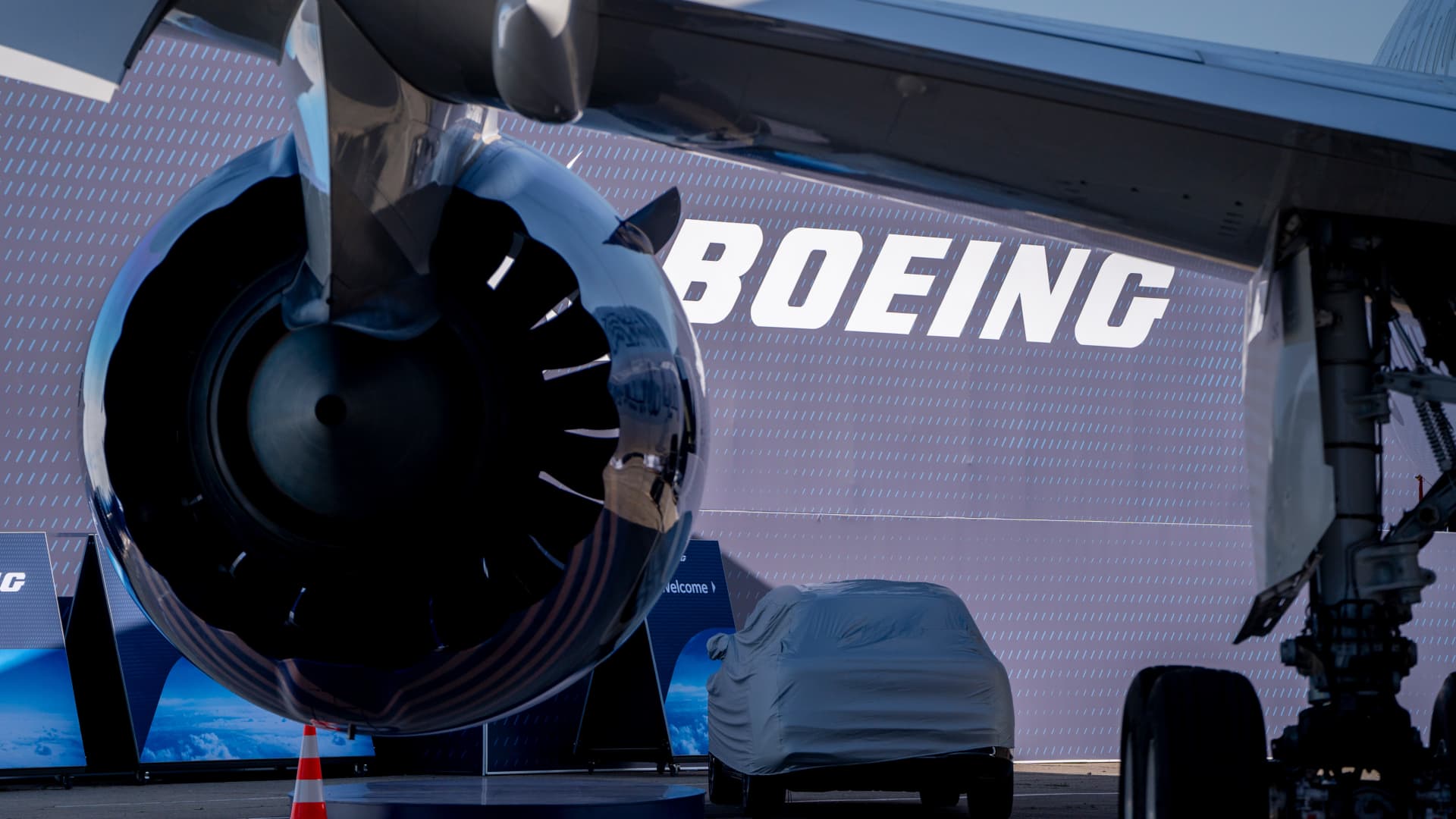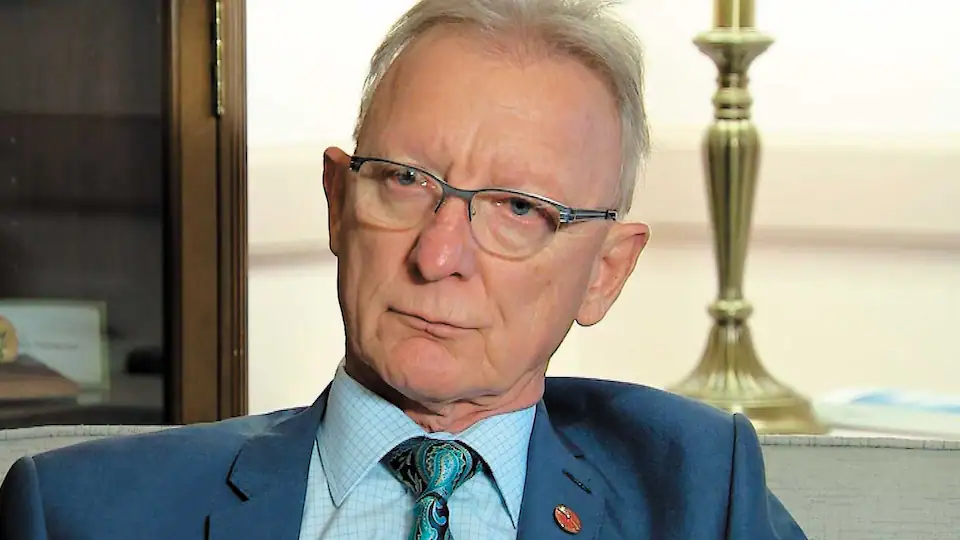China’s new battery breakthrough sparks another DeepSeek moment: Lasts 25 years for a tenth of the price

Early this year, Chinese AI startup DeepSeek shocked the tech world when its V3 model outperformed US giants’ AI models, including Meta’s Llama 3.1, OpenAI’s GPT-4o, and Alibaba’s Qwen 2.5 on third-party benchmarks, delivering top-tier results at a fraction of the cost. The upset, later dubbed the “DeepSeek moment,” was compared to a modern Sputnik shock, forcing Western experts to rethink assumptions about AI economics and highlighting China’s ability to compress timelines and commoditize advanced tech.
Now, just months later, another disruption is unfolding in energy. China’s Contemporary Amperex Technology Co. Limited (CATL), the world’s largest battery maker, has triggered what many are calling a second DeepSeek moment with a sodium-ion battery that promises to last 25 years at a tenth of today’s cost. For years, experts insisted “salt batteries” wouldn’t be commercially viable until the 2030s.
Announced in early 2025 and already in mass production, CATL’s first-generation sodium-ion line marks the start of large-scale commercialization of lithium-free batteries, opening the door to transformative applications in electric vehicles and heavy-duty transport. What was once written off as a distant prospect has arrived a decade early.
From AI to EVs: CATL’s Sodium-Ion Breakthrough Echoes China’s DeepSeek Shockwave
Sodium-ion cells, sometimes called “salt batteries,” swap scarce lithium for abundant sodium. They’ve long been discussed as a cheaper, safer option for electric vehicles and grid storage. But performance issues and low energy density kept them on the sidelines. CATL’s Naxtra line changes that narrative. With specs close to lithium iron phosphate (LFP) batteries and costs slashed to a tenth, the company has forced the industry to rewrite its roadmap.
Breaking Down the CATL Naxtra Battery Breakthrough
CATL unveiled its Naxtra sodium-ion battery in April 2025, pitching it as the first mass-producible sodium-ion solution for both passenger EVs and heavy-duty applications. By June, production lines were already running, with the company hitting milestones in energy density, cost efficiency, lifespan, and safety.
Key specifications:
Energy Density and Capacity — The Naxtra delivers 175 Wh/kg, on par with many LFP lithium-ion batteries. That translates to as much as 500 kilometers of range in passenger EVs, closing the gap with lithium packs without relying on scarce raw materials.
Cycle Life — With over 10,000 charge-discharge cycles, Naxtra packs can last more than 25 years under normal use. Some prototypes even hit 20,000 cycles while still retaining 70% of their capacity, far outpacing most lithium-ion options.
Ultra-Fast Charging — With 5C charging capability, the battery can deliver up to 520 km of range in just five minutes under optimal conditions. Even at -30°C, it charges from 30% to 80% in half an hour while retaining 93% capacity. At -40°C, it still powers a vehicle at highway speeds—even from 0% charge.
Low-Temperature Performance — Unlike lithium-ion cells that suffer in freezing weather, sodium-ion chemistry thrives in extremes. The Naxtra works reliably from -40°C to +70°C, retaining 90% usable power at -40°C even at just 10% charge, making it ideal for harsh climates.
Safety — Sodium’s chemistry reduces thermal runaway risk. CATL’s design, featuring dendrite-blocking tech and a proprietary electrolyte, passed China’s new GB 38031-2025 traction battery safety certification in September with “no smoke, no fire” performance—even under needle penetration tests.
Cost Efficiency and Sustainability — Sodium is more than 1,000 times more abundant than lithium, cobalt, or nickel. That abundance slashes production costs to $10–30 per kWh, 70–90% cheaper than lithium-ion cells. It also reduces dependence on resource-intensive supply chains, cutting the carbon footprint of production by 60%.
Commercialization Timeline
CATL is moving quickly to scale.
June 2025 — Launch of sodium-ion batteries for heavy-duty trucks.
December 2025 — Rollout for passenger EVs.
Chery Automobile was an early adopter, testing CATL’s sodium-ion cells as far back as 2023. With production now accelerating, CATL plans to expand capacity to meet rising global demand through 2026 and beyond.
Applications and Market Impact
The Naxtra product line spans passenger EVs and commercial transport. A 24V integrated truck battery is tailored for heavy-duty logistics, while passenger models can hit over 500 km of range with full climate adaptability. CATL estimates next-gen versions could supply nearly half of China’s passenger vehicle demand by 2026.
CATL Naxtra vs. Lithium Iron Phosphate (LFP)
CATL’s sodium-based cells match or exceed LFP performance in nearly every category while offering clear gains in safety, sustainability, and affordability.
Implications for Energy and Geopolitics
Lithium has long been a chokepoint, with supply chains concentrated in a few countries and costs driving up EV prices. By leaning on sodium—1,000 times more abundant—CATL can strip away those constraints. For consumers, that means cheaper cars. For geopolitics, it’s another example of China pulling ahead in a field once thought out of reach.
Competitors are already in motion. BYD is building its own sodium-ion factories, and Western automakers will now face pressure to accelerate. The technology still trails premium lithium-nickel-manganese-cobalt packs in energy density, making it better suited for mid-range cars and trucks. But with mass production underway, the calculus has changed.
The comparison to DeepSeek is more than a metaphor. Just as that AI shock showed how quickly China could compress costs and democratize access, CATL’s sodium-ion leap proves the same can happen in energy. For the EV market, it’s a turning point. For the rest of the world, it’s another reminder: China’s breakthroughs rarely arrive on schedule—they arrive sooner.
Market Dominance and Global Expansion
CATL’s rise isn’t just about technology — it’s about scale. The company captured 37.9% of the global EV battery market in 2024, according to SNE Research, more than double that of its closest rival, BYD, at 17.2%. That dominance gives CATL extraordinary leverage over automakers and the broader EV supply chain.
The contrast with Europe couldn’t be starker. Northvolt, once hailed as the continent’s answer to China’s battery supremacy, filed for bankruptcy after burning through $10 billion in funding. At the very moment Western rivals are faltering, CATL is cementing its lead.
Part of its strength comes from deep relationships with global automakers, including Tesla, BMW, Volkswagen, and Ford. To secure its European foothold, CATL is investing $7.3 billion into a massive battery plant in Hungary, built to supply the continent’s largest car brands.
Despite being flagged by the U.S. Department of Defense earlier this year, CATL has had no trouble attracting capital. Its $4.6 billion listing in Hong Kong — the biggest IPO of 2025 so far — shows investors see the company as a critical player in the EV transition and are betting on its continued dominance.
See the video below for a closer look at CATL’s battery breakthrough.



